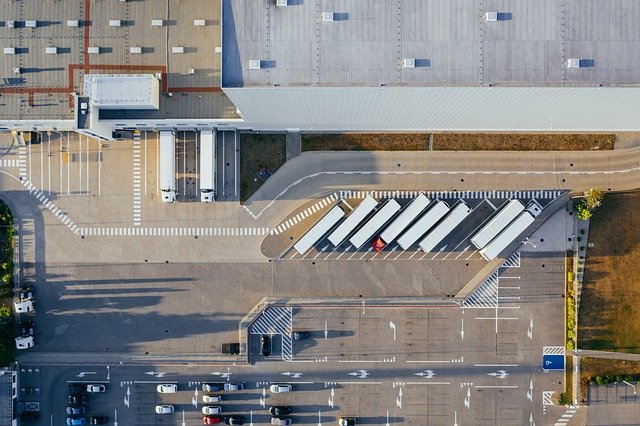

Security guards on duty at cold storages may disarm the customs electronic seals (ECS) on reefer containers to prevent delays that could affect the condition of perishable goods.
The authorization – contained in Bureau of Customs (BOC) Assessment and Operations Coordinating Group (AOCG) Memo No. 181-2020 – does away with the “assignment of customs guards by PID (Piers Inspection Division) for the disarming and unsealing of ECS”.
Nothing in AOCG Memo 181-2020, however, should be “construed as a delegation of the Bureau’s authority and control over imported goods entered through ports of entry nationwide”, the agency said.
The memo took effect on October 13, the same day it was signed by AOCG deputy commissioner Atty. Edward James Dy Buco.
The ECS is a GPS (global positioning system)-enabled sealing device or lock that physically secures a cargo and provides real-time information on its location.
The arming and disarming of ECS attached to import and export containers are part of BOC’s Web-based Electronic Tracking of Containerized Cargo (E-TRACC) System. The E-TRACC allows the agency to track, monitor, and audit the location and condition of cargoes, as well as obtain real-time alarms on, among others, diversion and tampering of cargoes.
READ: BOC orders e-tracking of cargoes in transit
Under Customs Memorandum Order (CMO) No. 04-2020, which establishes and implements the E-TRACC System, authorized BOC personnel should be the ones to disarm/remove the ECS from the container.
Under AOCG Memo 181-2020, the assigned security guards should take visual evidence showing the container with the container number and with the ECS from either the shipping line or terminal operator still intact. Then they should transmit the information to the PID or equivalent office for the approval to end the trip, or the journey taken by the truck/container from origin to destination.
Prior to giving authorization to end the trip, the PID should get the name of the requesting security guard on duty, the time and date of the request, and a picture of the guard’s identification card or security guard license.
Once authorization is given, the security guard should disarm and manually remove the ECS from the container and hold it for safekeeping until retrieved by the E-TRACC team of the port.
The assigned examiner, prior to conducting the 100% physical examination, should check that the integrity of the container’s shipping or arrastre seal is still intact. Any signs the seal is broken or has been tampered with must immediately be reported. The 100% examination shall be immediately conducted by the assigned customs examiner, witnessed by representatives from concerned BOC offices and regulating agencies from the Department of Agriculture.
Under CMO 04-2020, an ECS is required during the transfer of cargo to a container yard/container freight station (CY/CFS) or other CFWs; transit of cargo bound for Free Zones, inland customs office, depots, or terminals; transit of cargo to customs bonded warehouses (CBW); export of cargo from Free Zones, inland customs office, depots or terminals, and CBWs to port of loading; and transfer of shipments subject to further verification and/or monitoring.
All container vans covered by CMO 04-2020 should be affixed with an ECS before being cleared for departure from the starting point, or point of discharge for the voyage, to the end point, or point of destination.
Except when warranted under CMO 04-2020, full completion of customs cargo clearance is mandatory before any shipment is sealed with an ECS.
Booking an E-TRACC trip can be made one day earlier or up to one hour before departure of the container.
E-TRACC requires payment of P500 within a 10-kilometer (km) radius from port of discharge and P700 beyond the 10-km radius from port of discharge. The charge covers both arming and disarming of the ECS.
E-TRACC is currently implemented for all containers—except those containing electronic materials—discharged from the Port of Manila, Manila International Container Port, and Port of Batangas that are covered by the transit single administrative document and bound for Laguna Technopark, Inc. and Cavite Economic Zone.
READ: E-TRACC for electronic materials bound for Laguna, Cavite eco zones deferred; BOC Davao implements E-TRACC
The system is also already being implemented in Davao and will also soon be implemented in Subic. Imports for other Philippine Economic Zone Authority economic zones will be covered by another customs memorandum.
READ: BOC E-TRACC monitoring hub starts operations
BOC also recently activated its E-TRACC Monitoring Center manned by a team that will track the real-time location and status of containers to ensure these don’t deviate from their route. – Roumina Pablo




